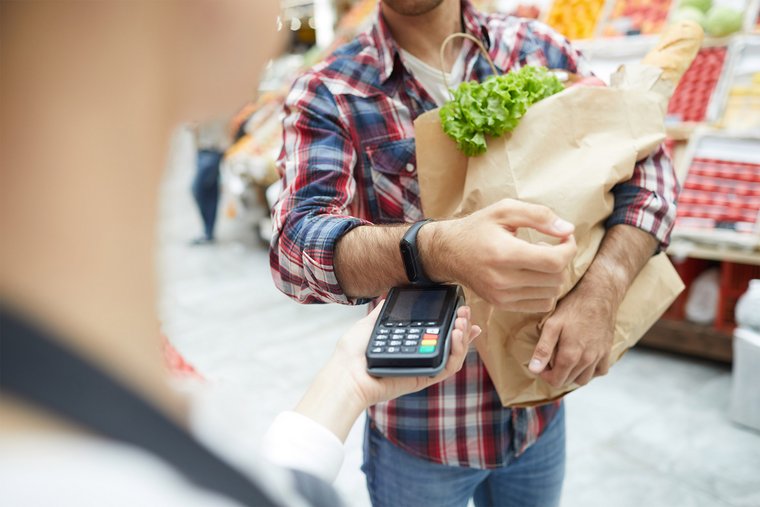The possibilities for innovation
Besides the aspect of sovereignity, “the digital euro could be a great foundation for innovation,” states Herborg. “It could provide a truly interoperable means of payment. From a commercial bank perspective, a digital euro would ensure one standard is utilized by all commercial banks, meaning it is interoperable. As such, the problem of isolated usage for the clients of one commercial bank is no longer an issue. Moreover, the ECB could provide further possibilities for innovation if it were to include programmability as a feature – with a focus on programmable payments.” The benefits of programmable features in a CBDC could change the business world and further advance the economy of things, moving us all into a more digital future.
The launch of the digital euro would also bring about benefits to the European economy, as Herborg adds. “The possibility for innovation posed by the launch of the digital euro could lead to economic growth,” he says. “Payment is a crucial service for the entire economy, and a working, effective solution could heighten efficiency for companies, bring about new business models, and fuel economic growth.”
Commercial banks will play a key role in the deployment of a digital euro. Herborg explains, “As the customer-facing part of the digital euro, commercial banks will be in charge of distributing it – just as they are in charge of distributing the physical euro today.” Here, too, the prospects for innovation are immense. “The cash ecosystem today is huge, and with the launch of a CBDC to complement physical cash, the potential exists to develop new business models. Commercial banks could be an integral part of these new business models and extend their offerings and services.”




